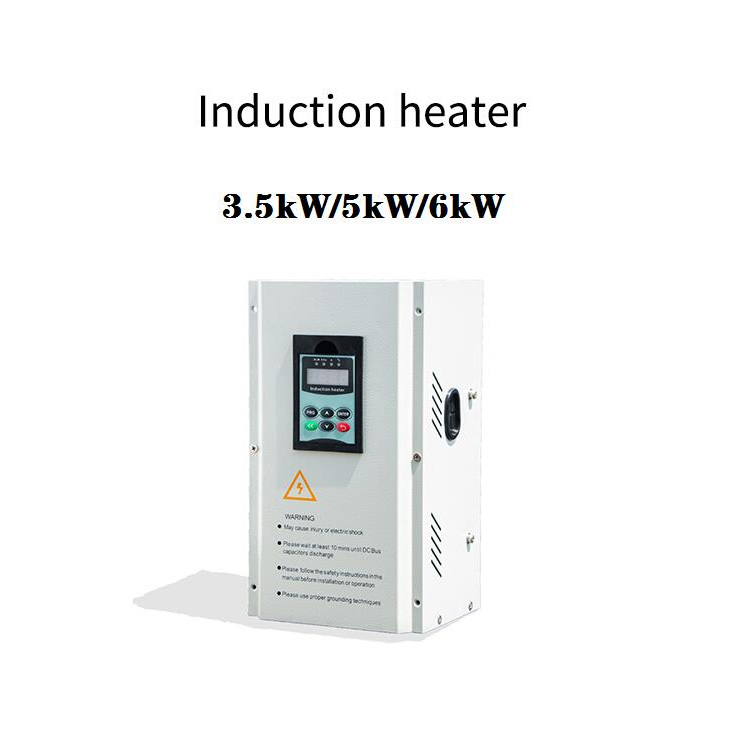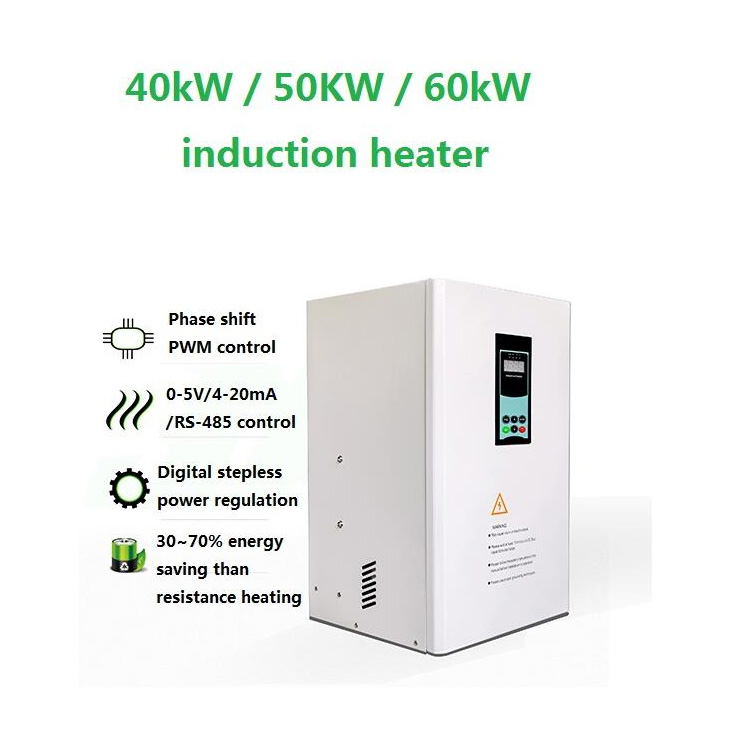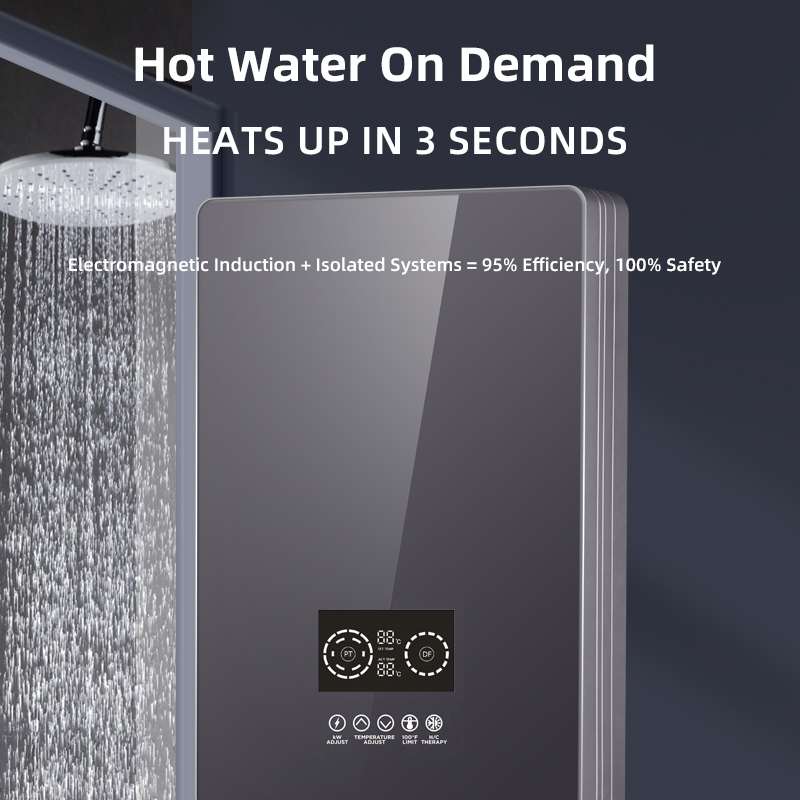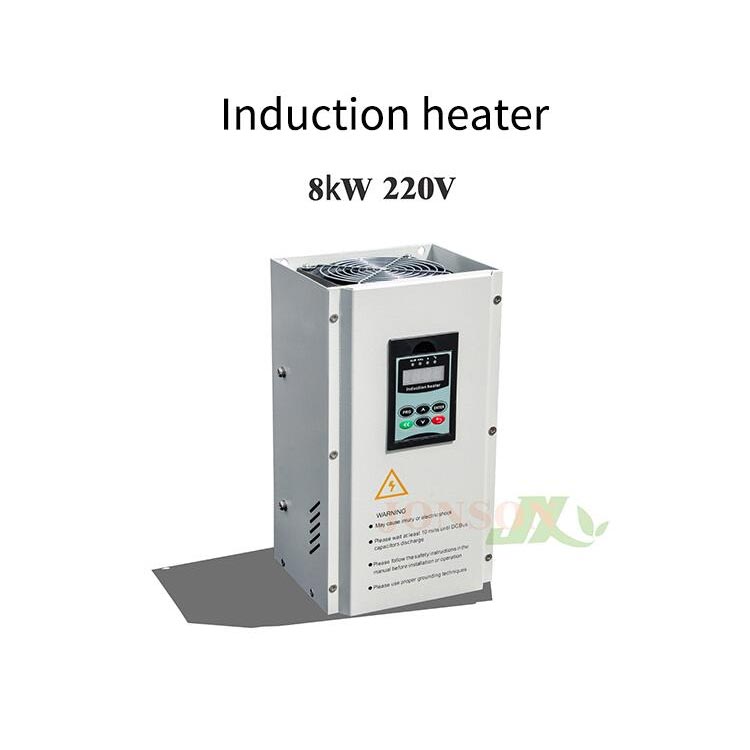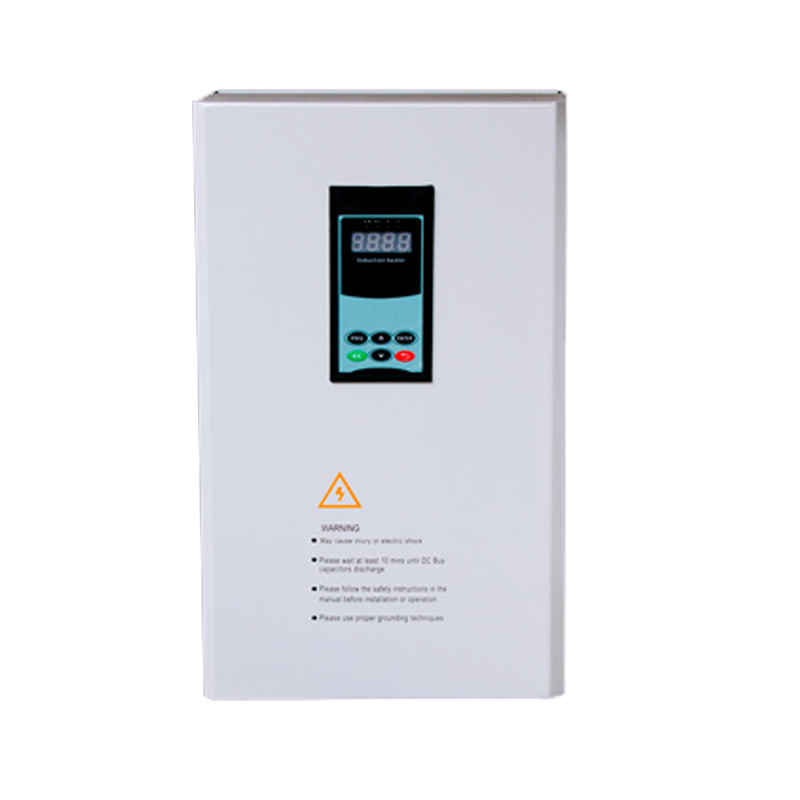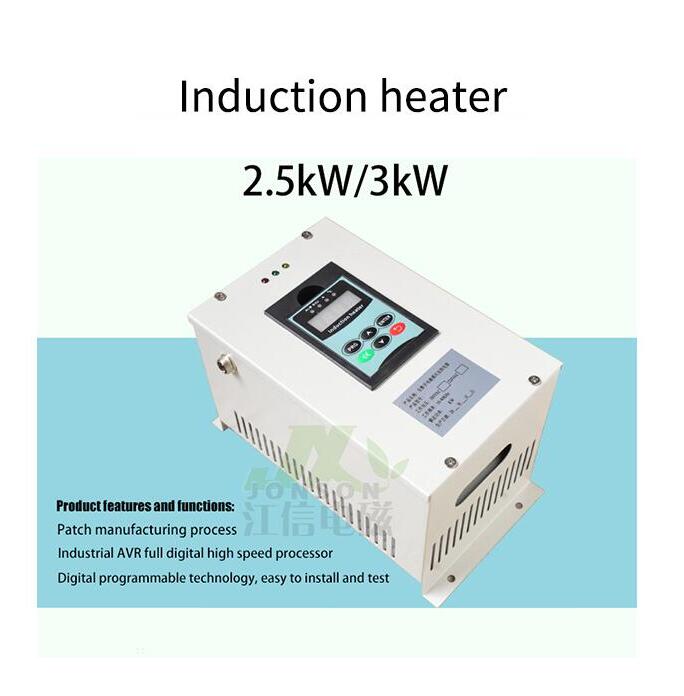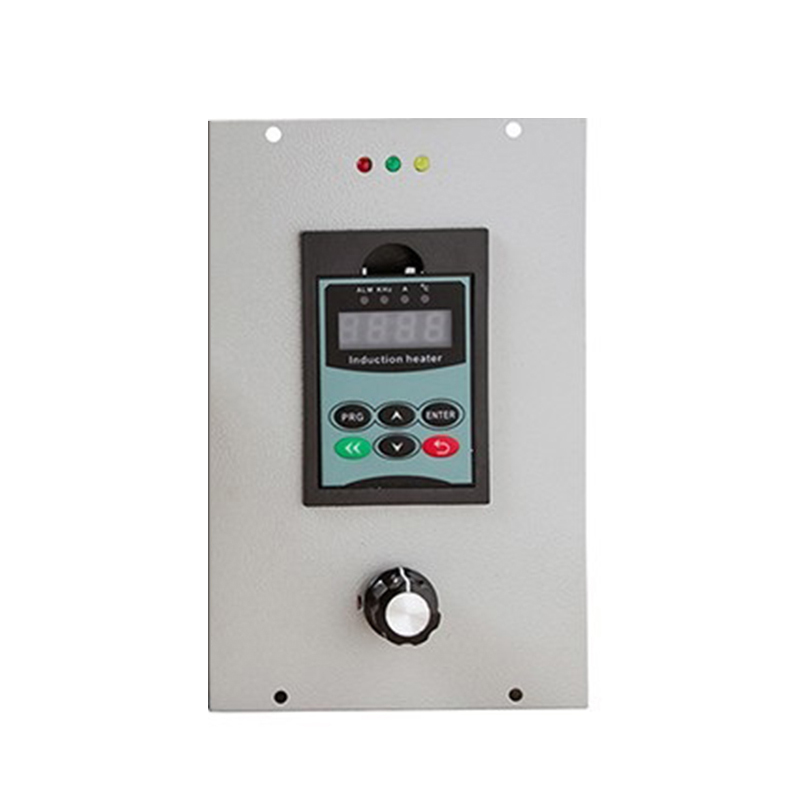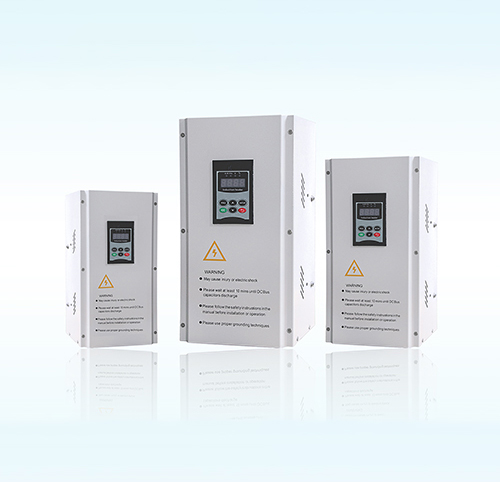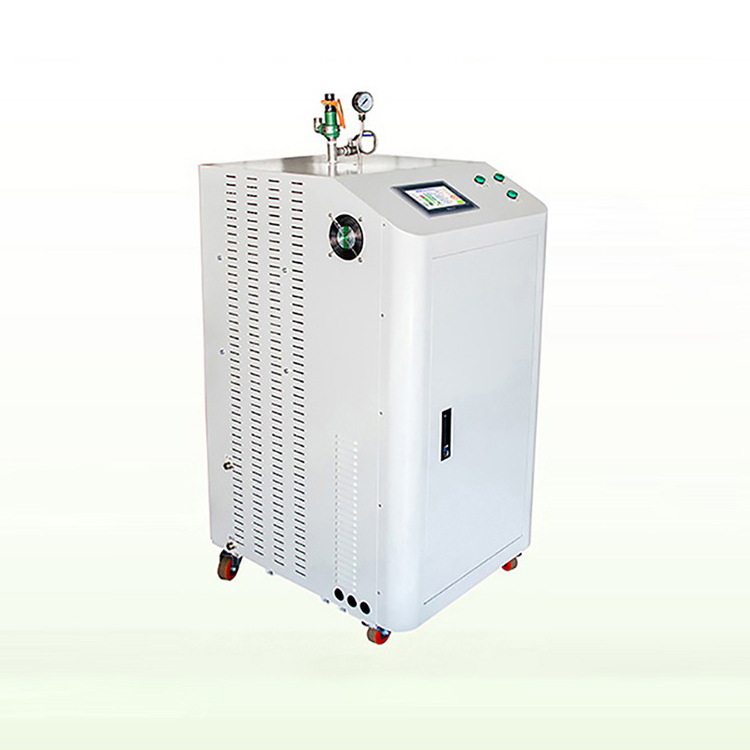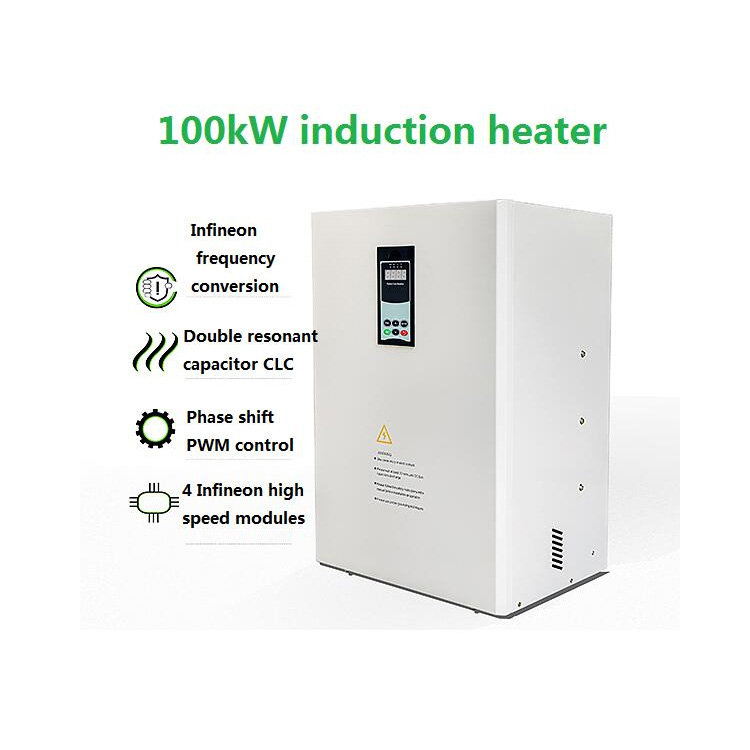How to choose the right Induction Welding Machine.
In the modern manufacturing industry, the induction welding machine has become an advanced welding equipment with high efficiency, energy saving and environmental protection. Whether it is steel tube welding, automobile manufacturing, metal processing, home appliance parts patchwork field, induction welding machine all occupy an important position in its advantages such as fast heating speed, high welding quality, strong degree of automation.
However, the output of induction welders varies greatly depending on the company and production line. In order to achieve both productivity and economy, it is important to choose the right equipment.
This article explains the system from five aspects to choose the appropriate power induction welder.
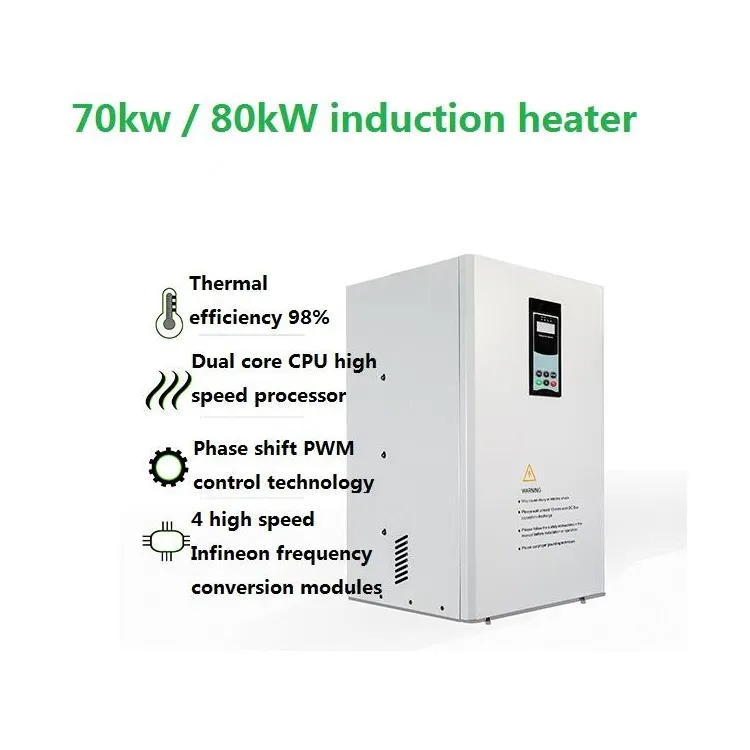
1.Our understanding of the relationship between electric power and welding needs
The output of the induction welder determines the heating speed, heating depth and production tempo.
Generally speaking, the higher the power, the faster the welding speed, the better the heating ability; However, not only is the power too high, it can also lead to a waste of energy, which can cause the welding area to overheat and affect the structure of the weld.
Therefore, the following factors must be comprehensively considered in the power selection:
Workpiece material
Metals with different conductivity (e.g., steel, copper, aluminum) reveal different power induction needs. In general, better conductivity (copper, aluminum, etc.) and higher power are required.
The thickness and cross-section dimensions of the workpiece:
Because the material with large thickness and wide cross section needs deeper heating, choose intermediate frequency or high power equipment; Thin material is suitable for high weekly wave, small power machine.
The rhythm and efficiency of production.
The continuous production line needs rapid heating, high power models should be selected; Intermittent production and small lot welding can reduce power distribution appropriately.
Second, according to the process type, divide the power stage
Induction welding machines can be divided into two types, high weekly wave welding and intermediate frequency welding, according to the application, different processes corresponding to different power intervals:
High week wave induction welding machine (50 KHZ or more).
It is mainly used for high-speed welding of thin wall metal tubes, strips, and sheets. The output power is usually 10kw ~ 300kw, which is suitable for steel pipe production lines, stainless steel decorative tubes, welding parts of home appliances, etc.
Intermediate frequency induction welding machine (1 to 20 KHZ).
Suitable for welding thick wall tubes, core rod materials, structural or composite materials. The power range is typically 100 to 800kW, providing deeper heating and good welding strength.
Low frequency or customized induction welding machine
It is used in large-scale industrial equipment, petrochemical pipe, machinery manufacturing, the output power can reach more than 1000kw, with stability and continuous working ability.
Third, combine the characteristics of the production line and match the power
In actual production, induction welders are the core components of a continuous production line and work in conjunction with systems such as conveying, pressing, cooling and water circulation.
When selecting power, focus on the following points.
The welding speed is consistent.
If the power is too low, the heating is insufficient and the welding is not good; If the power is too high, the metal will burn and deform. Based on the comprehensive parameters such as line speed, pipe diameter, material thickness, etc., the manufacturer provides the calculation plan.
Power capacity and factory conditions:
Large power equipment has high demands on the power supply system, so it is necessary to ensure the stability of the power network, the capacity of the cable enough, while also ensuring good ventilation and cooling environment.
Equipment load rate:
Continuous production requires high load and stable operation for a long time. We recommend a type slightly above the theoretical value of 10% to 20%.
Control system compatibility.
Modern sensing welding machines are equipped with a lot of PLC intelligent control modules, which can automatically match the functions of power output, closed loop control of temperature, welding monitoring and so on, and choose the model according to the complexity of the project.
Empirical formulas and practical Suggestions for power selection
If you are a beginner, here are some simple rules of thumb.
Welded steel pipe (diameter ≦60mm) = > recommended output :20 ~ 60kw.
Welded medium thick tubes (diameter 60 ~ 120mm) = > recommended output :80 ~ 200kW.
Weld thick wall tube or core rod = > recommended output: 300kw or more.
Small 5 piece welding joint, proposed output :5 ~ 15kw
In addition, there are two practical advice.
Communicate with the sample test engineer of the manufacturer, let the technical team simulate the power according to the size, material and heating time of your work;
The output can be flexibly adjusted for different processes, giving priority to power adjustable equipment.
Fifth, consider energy saving and maintenance in general.
Power not only determines welding performance, it also affects energy consumption and plant life. When choosing a model, you should combine economy with sustainable use:
The energy efficiency ratio.
The selection of IGBT reverse transformation technology, high frequency number control system induction welding machine, can effectively improve the energy efficiency of 10% ~ 20%.
The design of the cooling system
The higher the power, the higher the flow rate and temperature of the cooling water are required. A good cooling system can extend the coil and power supply life.
Long-term cost of maintenance.
High load operation due to overpower accelerates coil deterioration. Proper power placement and regular maintenance are the keys to stable long-term operation.
Brand and aftercare:
We recommend choosing a manufacturer with stable technical support and equipment supply. High power equipment is shut down, the losses are huge, reliable after-sales service is very important.
In conclusion
Choosing the right power induction welder is a technical decision as well as an economic decision. You can reduce and extend the life of your equipment.
Ideal for companies is to find the "right power allocation" based on their actual manufacturing needs and process parameters, rather than "the more power, the better."
During the selection process, we cooperate with experienced manufacturers to quickly lock down the optimum equipment plan through sample testing and parameter verification, and maximize the input/output ratio.

